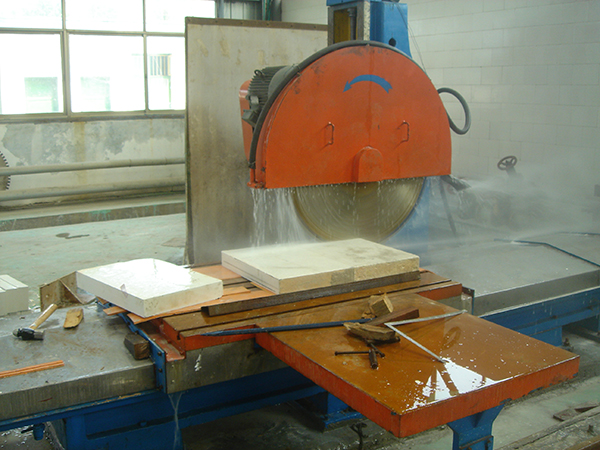Principle of refractory damage in use
Furnace for metallurgical and other purposes is operated continuously under high temperature for a long time, the working conditions of refractory are bad and it is easy to be damaged. There are many factors that cause refractory damage, but Shenyang refractory brick mill manufacturers believe that the following are summarized.
First, slag corrosion
Erosion caused by physicochemical action of slag and molten metal or dusty corrosive gas. According to statistics, 60% -70% of the linings of non-ferrous metallurgical furnaces are damaged due to the erosion of slag. Such as steelmaking converter and electric furnace slag line area, mainly due to slag corrosion and become the most damaged parts.
Second, the effect of rapid temperature changes
Many kiln, often operate the kiln intermittently, the temperature fluctuates greatly, the sudden change produces a large internal stress, the masonry cracks, peels, and deforms and collapses in severe cases. Such as steelmaking converters, electric arc furnaces, during the smelting period and after slag discharge, the temperature fluctuates too much in a short time, causing the refractories to crack, peel and damage.
Third, the vapor deposition
Many smelting furnaces and flame furnaces produce CO (cobalt) decomposition and oxidation, volatilization of lead, zinc, and alkali metals during the production process, which are deposited in the pores and masonry of refractory materials, causing cracking, deformation and chemical erosion of masonry. This phenomenon is more prominent in the upper parts of blast furnaces, blast furnaces, coke ovens, and the like.
Fourth, mechanical shock and wear effect
Many materials in the kiln are moving. For example, the materials in the blast furnace continuously move from the top of the furnace downward; the materials in the rotary kiln rotate forward. During the movement, a series of physical and chemical changes occur in the material. Therefore, it has great mechanical impact and severe abrasion effect on the furnace lining, which is very destructive.
Five, pure melting
Many refractories are subject to reheating line changes under high-temperature heat loads, causing instability of the masonry. Sometimes the operating temperature is too high, which may cause local softening or even melting, forming molten droplets, causing the masonry to collapse.
